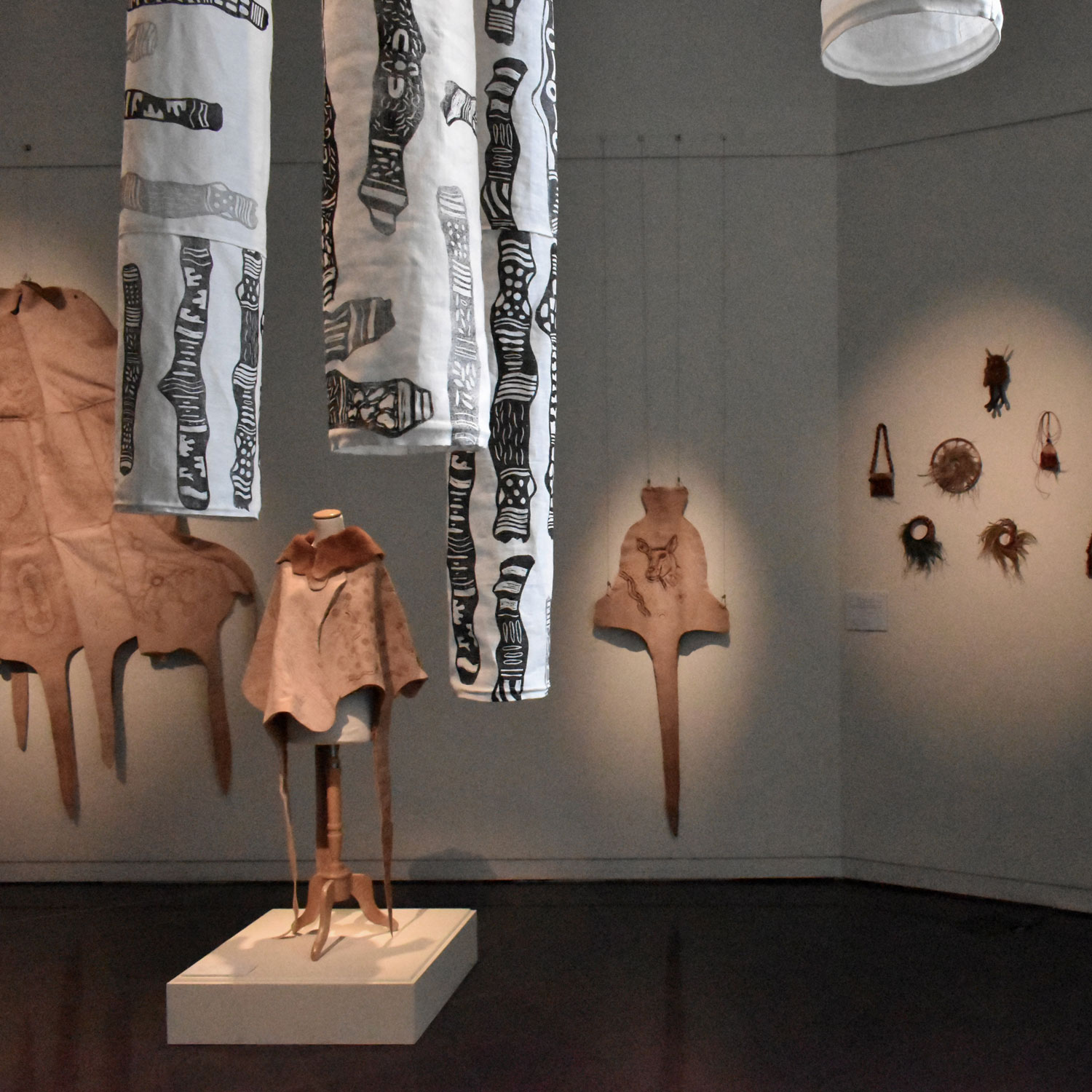Presented by Yamaji Art + Nicole Monks + Ku’arlu Mangga Aboriginal Art Centre
Exhibition Dates :
Friday 10 – Friday 31 October 2025
Monday – Friday 9:00am – 5:00pm
Saturdays / Sundays / Public Holidays CLOSED
Opening Event :
Thursday 9 October 2025, 6:00pm – 8:00pm
This Exhibition spans both the Studio Gallery (Level 2) and the Lightbox (Ground Floor)
Content Warning :
May contain photographs of deceased Aboriginal people
Yamaji people journeyed to TMAG, lutruwita/Tasmania to reconnect with belongings unseen for 125 years. Artists re-cloaked ancestors in culture, gifting new cloaks for exchange of the belongings return. With Ku’arlu Mangga the project expands remaking, honouring, and keeping culture alive.
In 1897, Alexander Morton from the Tasmanian Museum and Art Gallery (TMAG) journeyed to Wajarri Yamaji Country. He collected cultural belongings, adornments, tools and took photographs of Yamaji people. These items, held at TMAG for over a century, had not been unseen by Yamaji mob until now.
Gulamanmanha, led by Nicole Monks and Yamaji Art, marks the first time Yamaji people have directly responded to the Morton Collection. A group of Yamaji Knowledge Holders, artists, and arts workers; men, women, and young people, spent a month in Hobart thanks to the Salamanca Art Centre Arts Residency. They were located at TMAG cataloguing, photographing, and sitting with the collection, reconnecting with ancestors’ and with the deep histories carried in these belongings. They brought home the images, sketches and stories, and gathered with Community out on Country to share what they had seen.
From this experience, one moment stood out in the photographic lantern slides – Yamaji women appeared to be wearing kangaroo skin cloaks, yet on close inspection they were wrapped in rags. Community knew what should have been there. The kangaroo cloaks: – warm, protective, richly worked, and heavy with meaning. These are not just artworks. They are living keepers of memory and identity.
And so the decision was made to create a new communal kangaroo skin cloaks for women, men, non-binary people, boys, and girls. In the Yamaji Arts studio, artists responded directly to the Morton Collection. Each pelt was transformed into a powerful statement, carrying connections to Country, a contemporary response to what had been taken, stolen, or traded for curiosity and collection.
These newly-made belongings are gifts to TMAG, a gesture of cultural reciprocity, in exchange for the original belongings to be repatriated to Country. The catalogue of Morton’s Collection now rests with Yamaji mob who are reviewing belongings, adding cultural context, and gathering the information needed to formally request their return.
While Gulamanmanha took shape, an affiliated Yamaji art centre, Ku’arlu Mangga, was engaged in their own revival. They turned to belongings already in their care traditions well remembered and shared, message sticks held within their own community collective memory and reimagined these in new materials, scales, and interpretations. This work is grounded in their own knowledge and making practices, speaking to resilience and the enduring presence of culture. Across generations and disruption, Yamaji culture survives.
Although their starting points differ, the works of Yamaji Arts and Ku’arlu Mangga meet in shared purpose. Together, they are acts of strength, reclamation, and cultural continuity. They are proof that together we are stronger.
These artworks came together for the Indian Ocean Craft Triennial – IOTA24 at the Museum of Geraldton, where audiences witnessed the scope of Yamaji creativity and the depth of ancestral connection carried in each belonging.
The making of these unique works reaches far beyond the studio. Additional body adornments and ancestral forms were created from materials that were gathered on Country, during journeys and visits to significant sites. Skills were shared between generations, weaving together knowledge from Elders with the hands and imaginations of younger artists. Each belonging is a vessel for story, a bridge between past and present, and an assertion that Yamaji culture is not just surviving, it is thriving.
While these traditions may have been resting for a time, their roots stretch back into deep time, carried forward through memory, story, and the DNA in our bones and Country. These belongings as are not merely an artistic exercise, they reconnection to the ancestors who walked Yamaji Country, and are an affirmation that the knowledge they carried still lives and breathes.
More than an exhibition, this is a meeting place. It honours the old people who endured, acknowledges the gaps and absences created by colonisation, and celebrates the revival of yamaji culture in contemporary forms. It also calls attention to the collecting collection practices of the past, where belongings were removed without consent and placed in institutions far from their communities. In doing so, it raises urgent questions of ethics and responsibility, in how collections are cared for and who has the authority to tell their stories. By remaking and returning these cultural belongings, Yamaji artists not only assert that the relationship between people, object, and Country remains unbroken, but also propose a new way forward, one built on reciprocity, respect, and the active return of cultural heritage to it’s the rightful custodians.
Through Gulamanmanha, Yamaji Arts responds to a collection long kept out of sight, bringing it into the light of the Community’s care. Through their own acts of reimagining, Ku’arlu Mangga shows that culture thrives wherever it is nourished. Together, they show we see that making is an act of sovereignty, and that by working together Yamaji people strengthen each other and the generations to come.
This exhibition is dedicated to Dr Charmaine Papertalk Green Smith, Yamaji visionary, Chair of Yamaji art and visitor to TMAG, who guided this project and now walks with our ancestors.
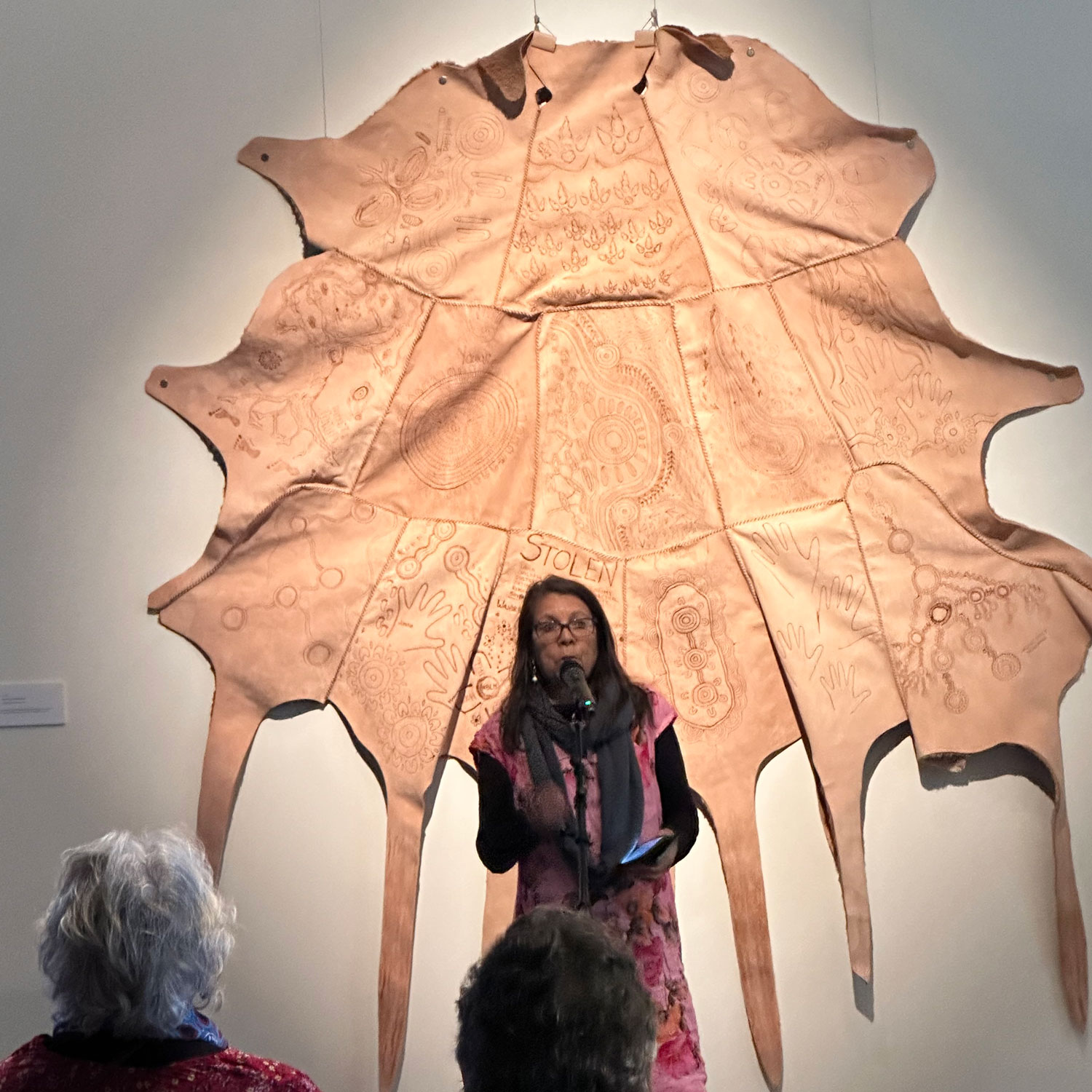
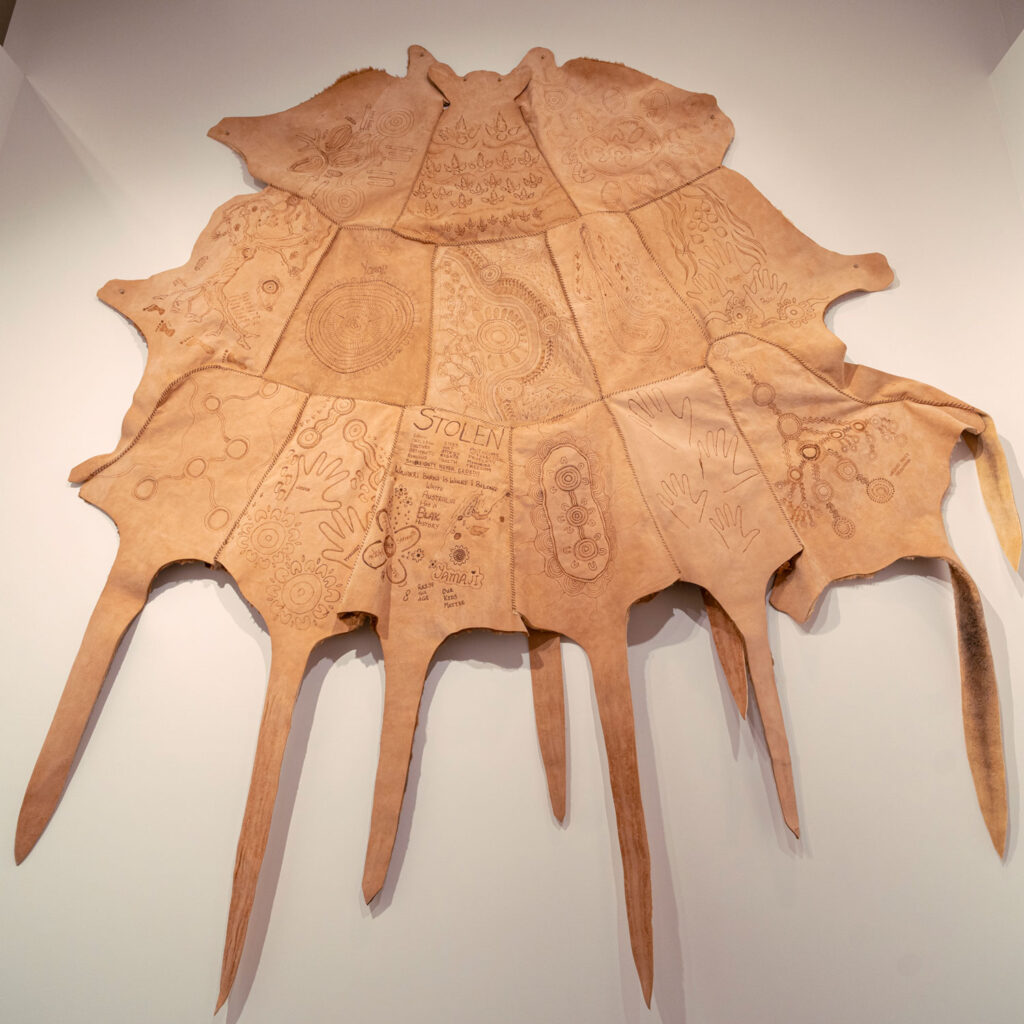
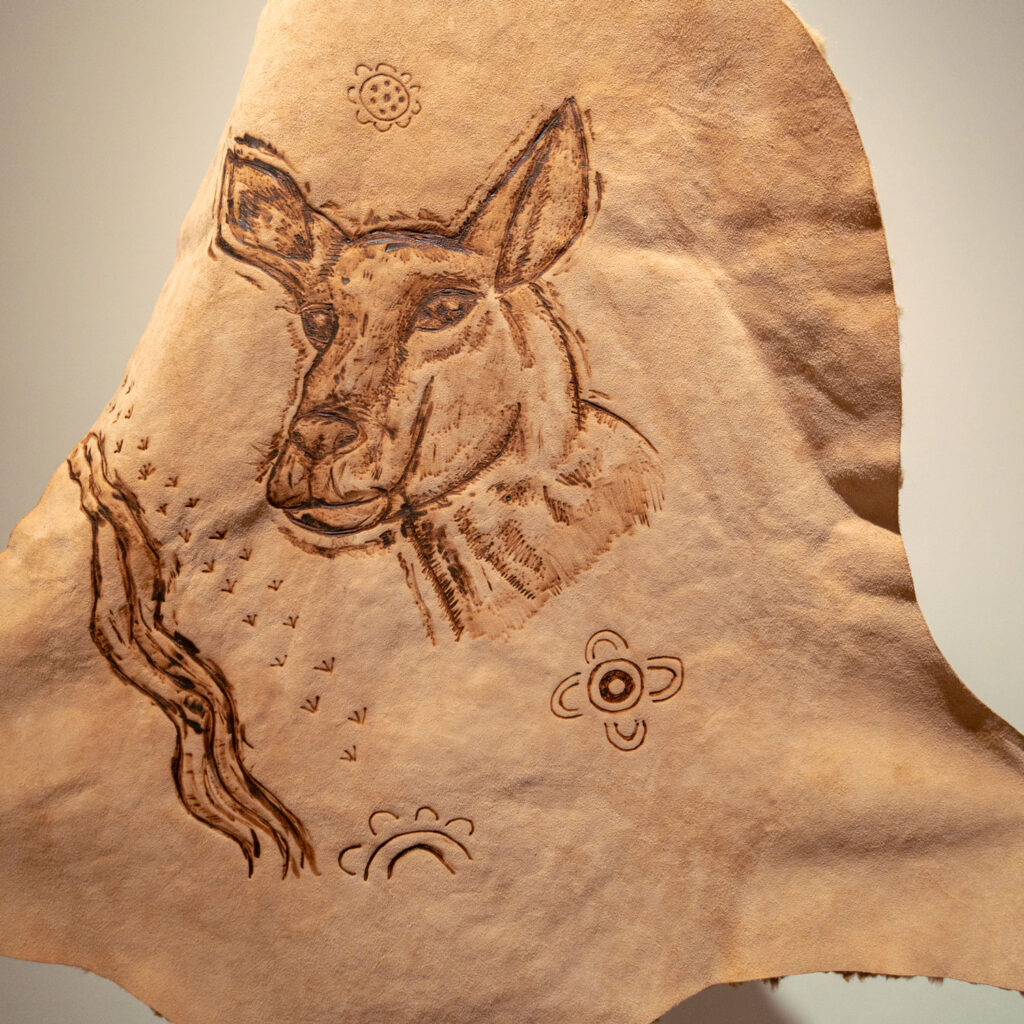
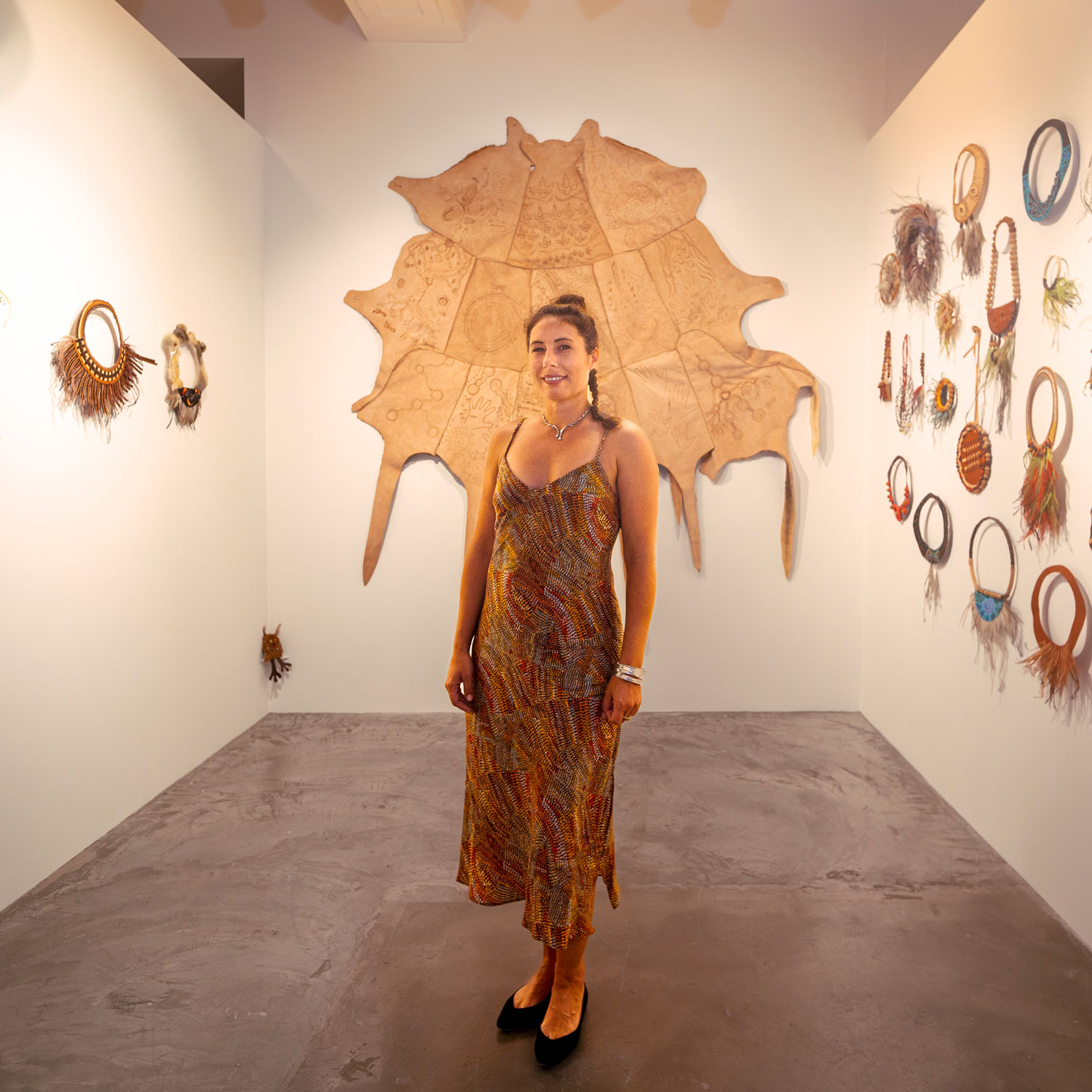
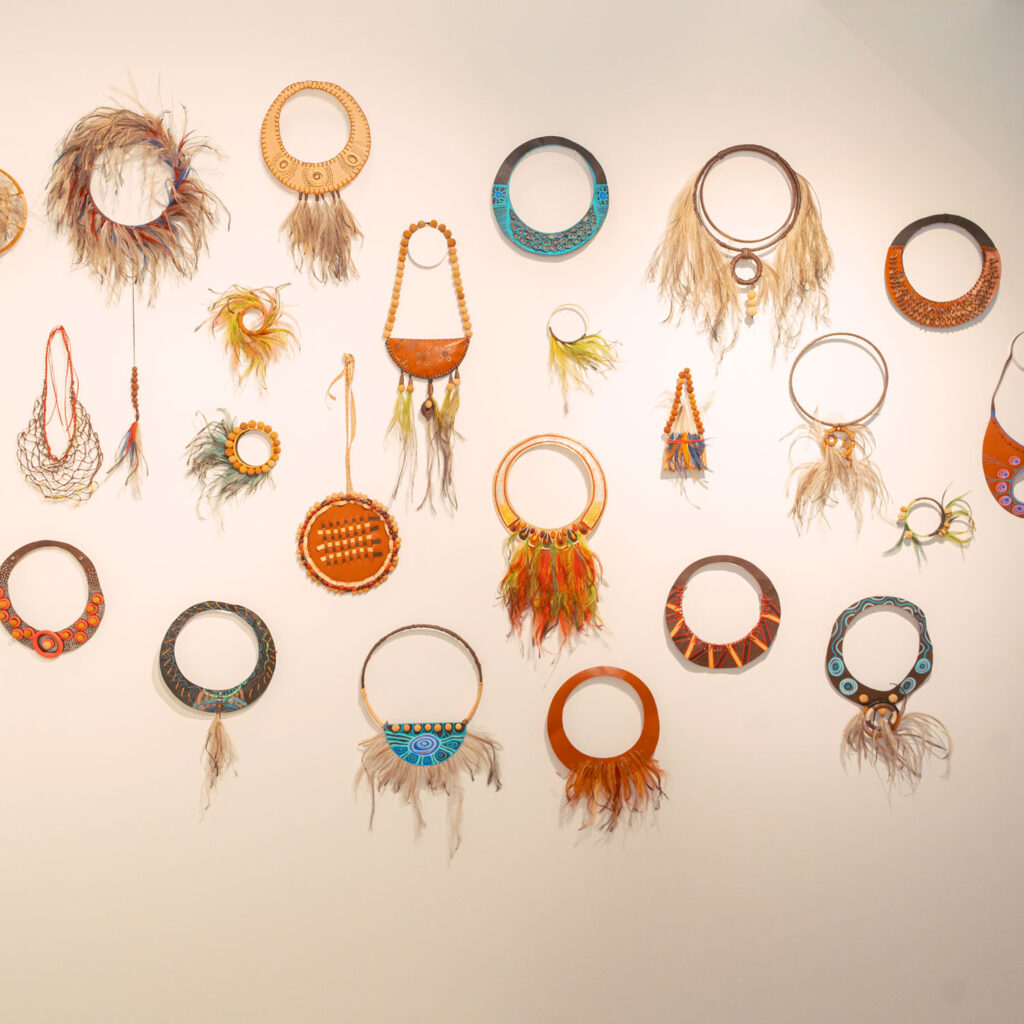
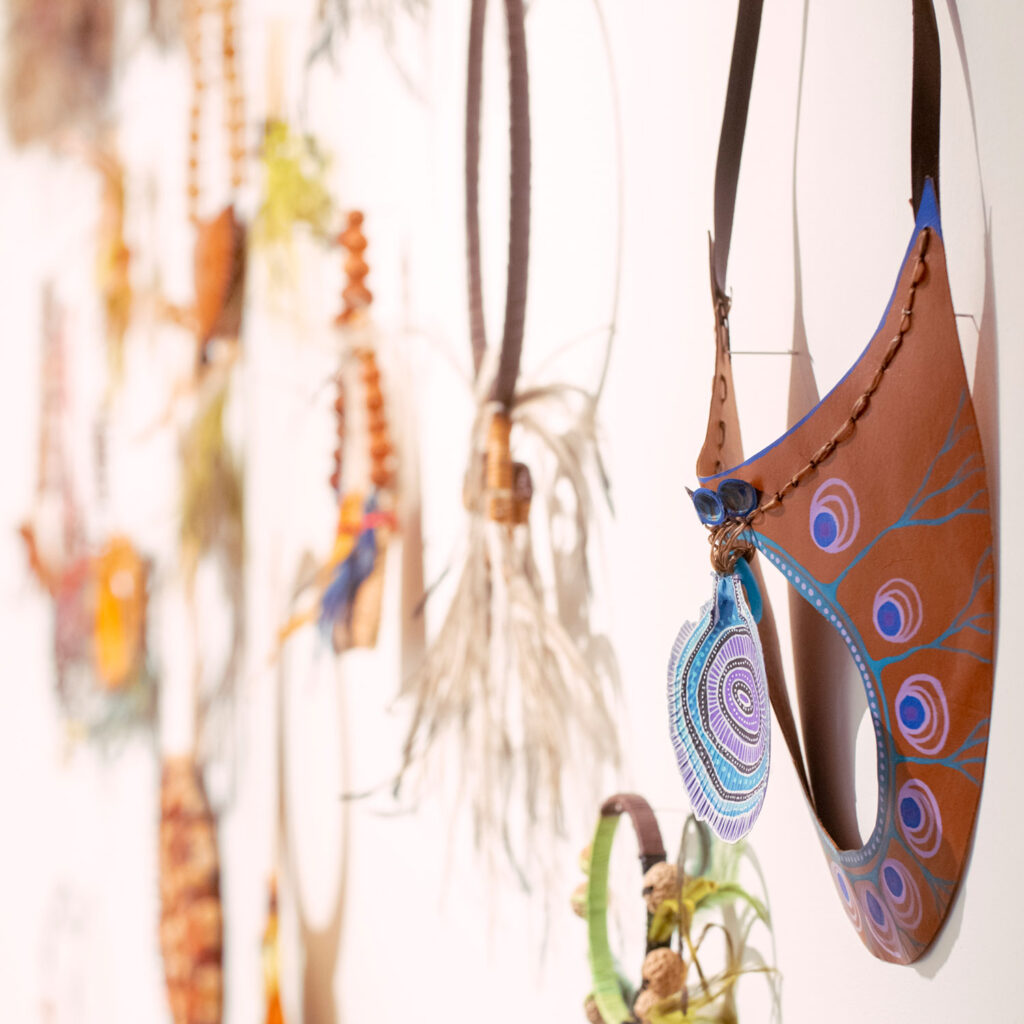
Accessibility
Accessible Toilets (Level 2 and the Courtyard / Ground Floor)
Registered Assistance Animals welcome
Wheelchair Accessible (via Lift in the Courtyard)
Get in Touch
